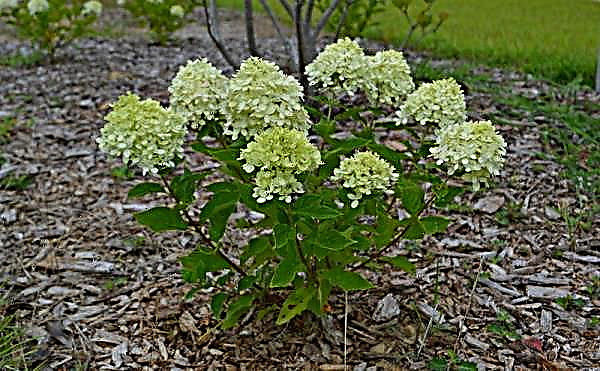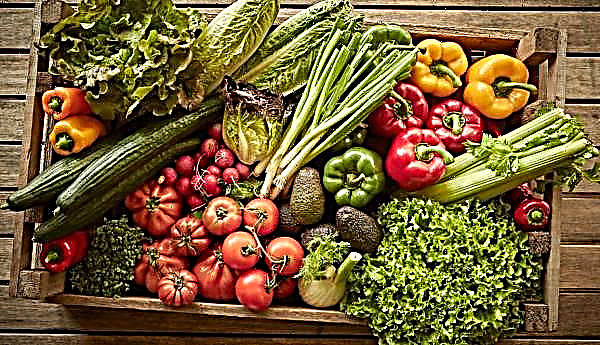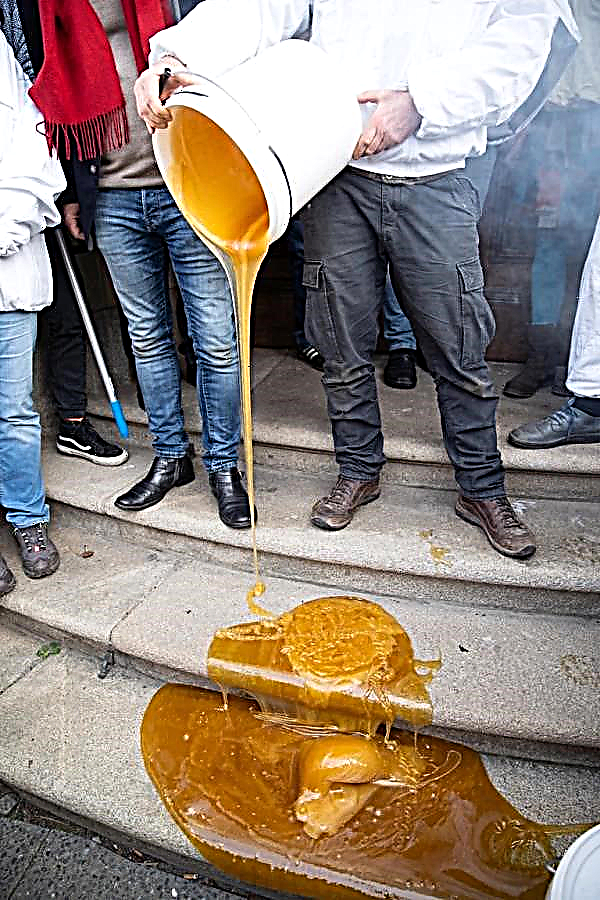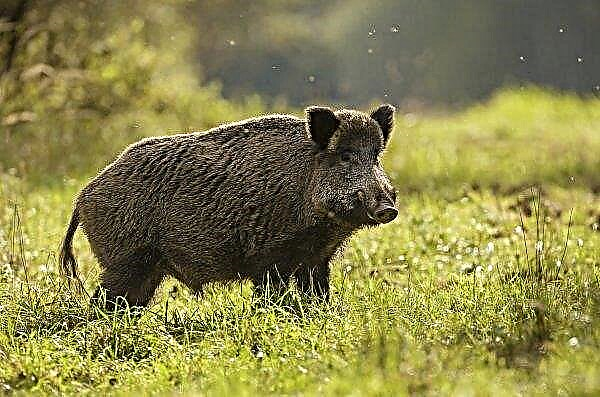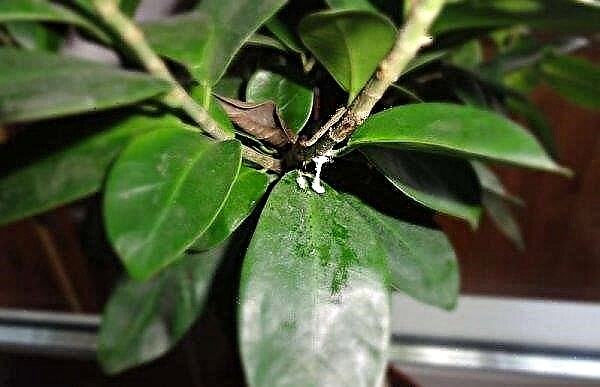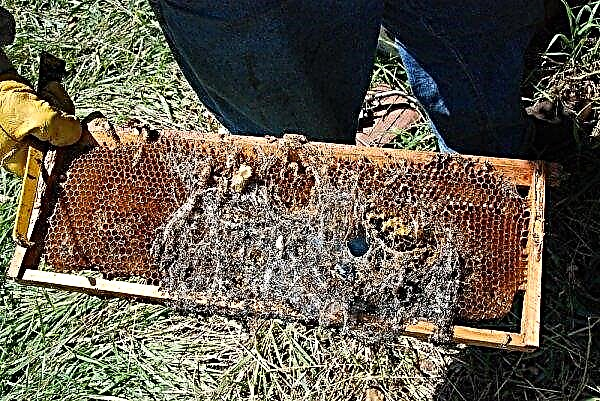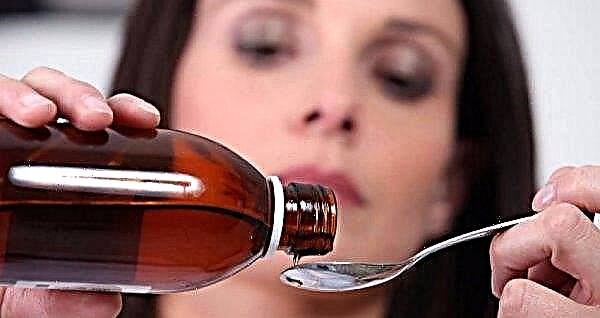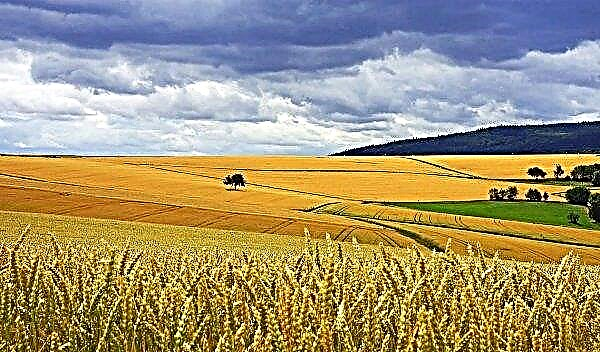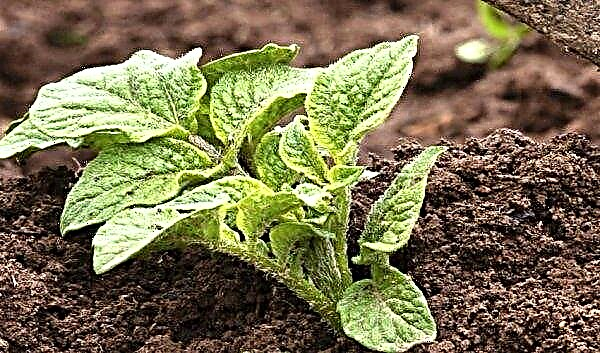Coriander is one of the most famous spices in the whole world. It is widely used not only in cooking, but also in other areas of human life. What coriander is and how to use it, read below.
Description and characteristics of the plant
Few people know how coriander is called differently and from what family this plant is. Sowing coriander is a herb belonging to the Umbrella family (celery), whose middle name is cilantro. Otherwise, it is also called Chinese parsley, since cilantro is outwardly similar to the green of this plant.
What does the plant look like

Coriander is an annual herb. The root system is thin, fusiform, rod type. The stem is erect, with thin grooves, round, bare. Branches from the base. The height of the stem varies between 30–80 cm. The upper part of the stem is hollow.
Basal leaves are long-leaved, twice pinnate. The lobes are lanceolate and ovoid. The middle and upper leaves are sessile, dissected three times into fractions of a linear and filamentous structure. The upper stem leaves are sessile, have broad membranous sheaths.
Flowering begins in May - July. The flowers are small-sized, collected in complex umbrella inflorescences that form on the upper part of the stem and in the axils of the upper leaves. Painted in white or pink. Flowers consist of 5 stamens, 5 petals and the same number of uneven teeth, which then remain with the seed.
Did you know? Coriander seeds — an excellent remedy for getting rid of fumes and relieving a hangover syndrome. A pinch of seeds should be chewed for 2 minutes and spit out.
In August - September, harvesting begins. Coriander fruits are yellow or brown spherical seedlings up to 0.5 cm in diameter. Exhaust a strong aroma. The fetus is a compound of 2 half-fruits with a diameter of 2.5 mm. On the external convex surface, longitudinal ribs are visible - 5 meandering, 5 straight.
Origin
Coriander, whose seeds and herbs are actively used in various spheres of human life, is today distributed throughout the world. Despite the Mediterranean origin, coriander quickly adapts to any conditions, which made it possible to cultivate it everywhere. Initially, the plant was cultivated in the eastern regions of the Mediterranean. As a spice and medicinal plant, it was grown in Egypt, India, China and several other countries.

Vitamin composition of coriander
The composition of coriander includes a number of vitamins:
- retinol;
- beta carotene;
- thiamine;
- riboflavin;
- tocopherol;
- niacin;
- pyridoxine;
- folic acid;
- vitamin C;
- choline;
- inositol;
- lutein;
- E.
Did you know? In the setting of scenes with the use of powder drugs, of course, do not use real drugs. Instead, they take lactose powder, and in case of intolerance they use a powder of B vitamins - it turns out both a realistic scene and a healthy actor.
In addition to vitamins, coriander includes a number of essential and essential amino acids, as well as micro and macro elements necessary for the normal functioning and development of the human body. Grains contain a large amount of essential oils. The main component is linalool.
Useful properties of cilantro for the body
An organic combination of all the elements allows you to use this product to treat many diseases and enrich the diet with useful substances.. Thiamine is actively involved in energy metabolism. Also plays a large role in the transfer of genetic information in the process of cell division. Riboflavin (B2), or antiseborrheic vitamin, improves the functioning of the nervous system and the brain. It takes part in the regulation of digestion, the synthesis of red blood cells and the absorption of iron.
Niacin, or Niacin, is the most stable compound in relation to prolonged heating and drying. With his participation, more than 50 enzymatic reactions occur in the human body. It contributes to the improvement of the central nervous system, the normalization of cholesterol and carbohydrate metabolism, as well as the synthesis of certain hormones (insulin, cortisol, genital).
Pyridoxine takes part in all metabolic processes. With its help, the production of neurotransmitters that are responsible for mood and brain activity occurs. In addition to neurotransmitter connections, vitamin B6 is involved in the production of prostaglandins, which regulate vascular activity, which contributes to the normalization of blood pressure. B6 also participates in the construction of cells of external tissues, helps maintain skin tone, accelerate hair growth and restore the structure of nail plates, strengthens teeth and bones.
Folic acid takes part in the transfer of DNA, RNA, the formation, growth and division of cells. Regulates protein metabolism in the body, participates in the synthesis of blood, neurotransmitters. Strengthens the mucous membranes of internal organs.
Choline helps to improve liver function and accelerate the breakdown of fats. Beneficial effect on the digestive tract as a whole. Inositol is also involved in metabolic processes. Mainly contributes to the elimination of cholesterol, normalizes blood pressure, reduces the risk of tissue damage, strengthening them.
Vitamin C takes part in building the cells of the immune system, strengthening the skin. Effectively protects the body from the negative effects of external factors. Vitamins A and E contribute to improving the appearance of skin and hair.
Essential oils have a direct effect on the nervous system. They have a calming, tonic effect, relieve fatigue.
How to choose and buy coriander
Most often, coriander with peas and ground goes on sale. When choosing a seasoning, you must first pay attention to its flavor. The fact is that seeds collected too early will exude the smell of bugs. Such products are not suitable for food. Ripened seeds are painted brown. Hard to the touch. They emit a pleasant pungent odor reminiscent of a lily of the valley.
Regarding the purchase of greens, it is also necessary to evaluate the appearance of the plant and the smell. Twigs that have reached a height of 12–15 cm are suitable for food. Outwardly, the cilantro bunches resemble parsley, but if you rub the leaf between your fingers, you can distinctly smell the bugs. It is because of this specific aroma that not everyone likes greens.
Scopes of coriander
Coriander is used fresh and dried. Seasoning and essential oils are made from dried grains. Coriander oil may be the starting material for other esters.
The main areas of application of coriander:
- cosmetology;
- medicine;
- cooking
In cosmetology
To improve the condition of the skin of the face and get rid of acne apply lotions based on coriander.
To create a lotion that has an exfoliating effect and eliminates acne, you will need:
- ground coriander - 20 g;
- juice of one medium lemon;
- 2 crushed tablets of activated carbon.
 The composition is applied to cleansed face skin with massaging light movements and incubated for 10-15 minutes. After this time, the mixture is washed off with warm water and blotted face with a paper towel. Apply such a tonic is often not worth it. Once a week is enough.
The composition is applied to cleansed face skin with massaging light movements and incubated for 10-15 minutes. After this time, the mixture is washed off with warm water and blotted face with a paper towel. Apply such a tonic is often not worth it. Once a week is enough.To rejuvenate and reduce pores, a lotion is prepared from:
- a bunch of fresh cilantro;
- 20 ml aloe vera juice.
Cilantro is crushed, juice is squeezed out of it. Then mixed with aloe juice and wipe the face with this composition. After 15-20 minutes, the face is washed with warm water, then cold - this will help further reduce pores and restore a healthy complexion. Such a lotion can be used every other day, preferably at night.
Important! Before using formulations with coriander for the face, you first need to conduct a wrist test, since they are quite aggressive and can cause itching, burning. A small amount of the composition is applied to the wrist, and after 30 minutes the result is evaluated - if redness and discomfort are not observed, it can be applied on the face.
In medicine
In medical practice are used:
- decoctions;
- infusions;
- teas.
Infusion
On a glass of boiling water take 1 tbsp. l seed. Insist remedy 12 hours. Before taking diluted 1: 2 with water. Drink 3 times a day before meals. Such a composition is ideal for cleansing the intestines and restoring the microflora of the stomach. The course of admission is 5-7 days.
Decoction
For the broth take:
- 20 g of coriander seeds;
- 0.5 l of water;
- 20 g of parsley root;
- 2-3 sheets of coltsfoot.
Tea
Teas will be effective in the prevention and treatment of neurosis, as well as acute respiratory viral infections. In addition, coriander tea helps restore normal intestinal motility with diarrhea.
Important! For internal use, esters are suitable, on the packaging of which there are relevant instructions that allow their use in food.
To create medicinal tea, you can use coriander essential oil. For 100 ml of any tea, add 1 drop of ether. Drink this tea 2-3 times a day for a week.
Tea can be made by adding 20-30 ml of infusion or decoction to your favorite drink.
In cooking
Coriander has also found widespread use in cooking.
It is used as a seasoning for:
- sauces;
- salads;
- meat and fish dishes;
- desserts;
- juices, compotes;
- preservation.

When losing weight
Cilantro is introduced into a diet aimed at weight loss. It helps to quickly remove toxins from the body, and also accelerates the breakdown of fats. The leaves and seeds of this plant perfectly eliminate the feeling of lack of salt, which helps to significantly reduce its consumption, and, accordingly, prevent fluid retention.
This ingredient is added to the composition of salads, smoothies, fresh. The recommended daily intake should not exceed 100 g in fresh form, 10-30 g in dried form. Otherwise, the appetite will only increase, and you will not be able to achieve the desired effect.
Contraindications to the use of cilantro
Coriander is a strong allergen, therefore it is completely contraindicated for people suffering from it.
- In addition, contraindications to the use of this spice is:
- gastritis, cholecystitis in the acute phase;
- III trimester of pregnancy;
- children under 6 years old;
- ischemia and hypotension.
Important! Exceeding the recommended dose of coriander can lead to a strong weakening of the nervous system, which will manifest as drowsiness, inhibition of mental activity.
Basic rules for storing coriander
Coriander greens can be stored in the refrigerator for no more than 3 days. In crushed form in the freezer, you can store greens in tightly closed bags for 6-12 months. But in this case, most nutrients undergo decay, which reduces the value of the product. Grains and ground coriander are stored in tightly closed glass dry containers or linen bags.
Storage conditions for dried raw materials:
- temperature - +16 ... + 27 ° С;
- humidity - not higher than 50%;
- lack of lighting.
Coriander is not only seasoning. It is used as raw material for the creation of cosmetics and medicines. The plant is also attractive because it quickly adapts to any climate conditions, and this allows you to cultivate it everywhere.

